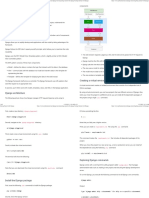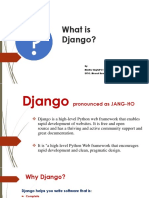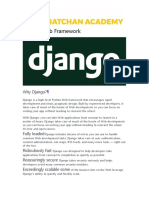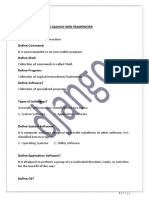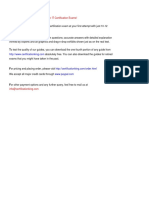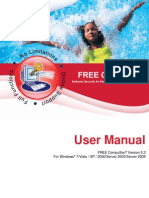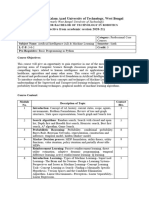0% found this document useful (0 votes)
78 views7 pagesDjango Tutorial For Beginners Day 1
This tutorial provides an introduction to the Django web framework. It covers installing Django, the MVT architecture, and building a basic web application with Django including creating a project, application, URL patterns, and views. The tutorial includes explanations, code samples, and videos to demonstrate key Django concepts.
Uploaded by
ataush sabujCopyright
© © All Rights Reserved
We take content rights seriously. If you suspect this is your content, claim it here.
Available Formats
Download as PDF, TXT or read online on Scribd
0% found this document useful (0 votes)
78 views7 pagesDjango Tutorial For Beginners Day 1
This tutorial provides an introduction to the Django web framework. It covers installing Django, the MVT architecture, and building a basic web application with Django including creating a project, application, URL patterns, and views. The tutorial includes explanations, code samples, and videos to demonstrate key Django concepts.
Uploaded by
ataush sabujCopyright
© © All Rights Reserved
We take content rights seriously. If you suspect this is your content, claim it here.
Available Formats
Download as PDF, TXT or read online on Scribd
/ 7

